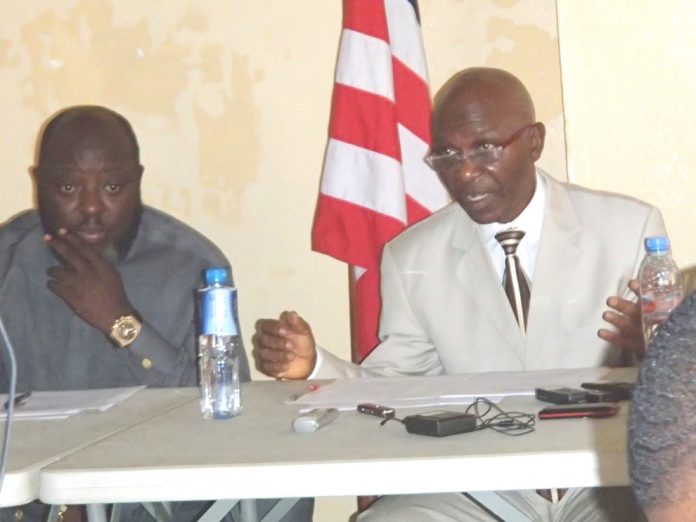IPNews-Monrovia,Liberia-8 March 2018:In the wake of challenges affecting the education sector, the Minister of Education said of the 1.5 million students registered in the country, 200,000 of them are not in school.
Hit by the scourge of the Ebola virus disease in 2014, followed by economic shocks exacerbated by fall in the price of rubber and iron ore, many of the children are out of school because some parents no longer afford to sponsor their kids in school.
Addressing reporters through a proxy Thursday at the Ministry of Information regular press briefing in Monrovia, Minister Ansu
Sonnie indicated that the ministry will shortly begin a nationwide tour to visit each of the 5,400 public and private schools across the country to identify some of the bottlenecks.
“Schools that do not meet the required standard will be ordered to shut its doors,” he added.
“Of this figure, 280,800 of them are in private schools while the rest are in public schools. More than 22,000 teachers are needed to fill the gap in every classroom across the country,” he said.
The minister also pointed out that currently the country has a total of 16,000 teachers, and out of this number 12,000 are being paid while 4,000 of them are supplementary or voluntary teachers that are not on payroll.
He also maintained that the ministry has developed a new three-track system to prepare students from ninth grade upward. This, he added includes vocational, social science and STEM (science, technology and mathematics)
Minister Sonnie narrated that the ministry will also begin to conduct summit, complete the framework of licensing to enhance teachers` performance, complete the framework to train additional teachers as some of the interventions that are expected to be made by the new leadership at the ministry.
“Licensing teachers has to be dignified because it is an approach that will hold teachers accountable,” he observed.
Also commenting on the deficit of 6,000 teachers, the minister said they identified teachers based on calculated number of vacancies in the classroom. “The 6,000 when added to 16,000 currently in the classroom consummates to 22,000, a figure that is needed to fill the gap in all classrooms across the country.”






